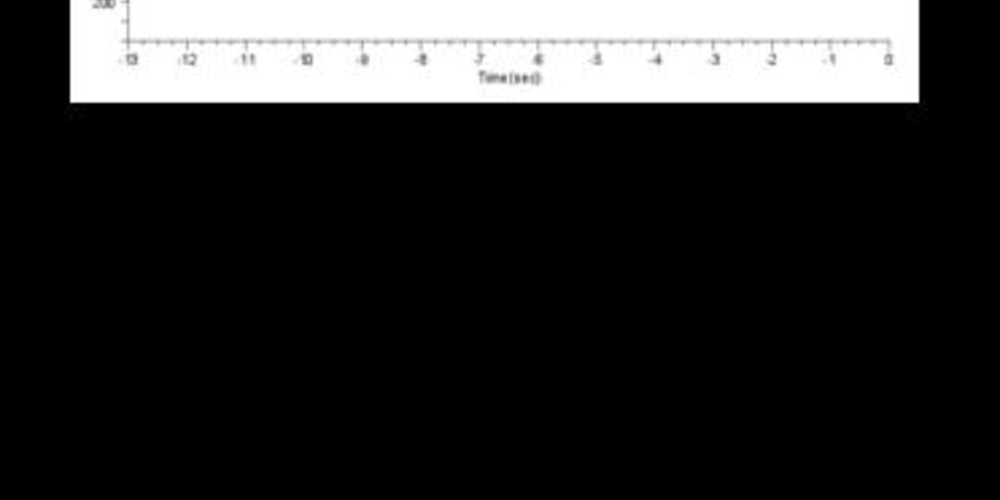Single chamber discriminators in a dual-chamber ICD
Tracing
Manufacturer Medtronic
Device ICD
Field Discrimination
N° 32
Patient
Patient implanted with a dual-chamber ICD (EnTrust) for ischemic cardiomyopathy; this tracing demonstrates the limits of the programming of single-chamber parameters on a dual-chamber platform.

Graph and trace
The graph shows a ventricular rhythm faster than the atrial rhythm clearly indicative of a VT diagnosis; the ventricular cycles are at the upper limit of the VT zone; no therapy is delivered in the absence of sudden onset (diagnosis of SVT).
- the EGM confirms that this is indeed a VT with atrioventricular dissociation; the ventricular intervals correspond to the VT zone but are classified as VS; the sudden onset criterion is not met thus preventing the VT counter from being implemented (Reset Onset);
- the single-chamber discrimination criteria (Stability, Onset) are programmed and therefore take precedence over analysis by PR Logic.
Other articles that may be of interest to you
EGM recordings






On a dual or triple-chamber device, the 2 single-chamber discrimination parameters (other enhancements: onset and stability) can be programmed separately or in combination with PR Logic. These parameters take precedence over the analysis by PR Logic. In other words, if the sudden onset is programmed in association with PR Logic, the first discrimination step consists in validating the single-chamber criterion; if, as in this example, the device does not identify a sudden onset, it concludes to a SVT without further analysis and without consulting PR Logic. However, in this patient, the diagnosis of VT would easily be made by the cardiologist when analyzing the tracing, the atrioventricular dissociation being pathognomonic. An analysis by PR Logic would have led to the diagnosis of VT, the ventricular rate being faster than the atrial rate. This patient presents a tachycardia oscillating around the lower limit of the VT zone, which explains why the analysis is misled and the device considers that there was no sudden onset. The most likely scenario is that the ventricular rate changed from a normal rate (60 beats/minute) to a fast rate albeit below the VT zone at the beginning of the tachycardia (138 to 139 beats/minute) with a subsequent slight acceleration of the rate which enters the VT zone (140-141 beats/minute). This tachycardia thus presented a sudden onset but undiagnosed by the device. Indeed, the criterion is calculated by comparing the first intervals corresponding to the VT zone with the 4 previous cycles; the device is therefore fooled in this example (no rate jump between the 4 cycles at 139 beats/minute and the 4 cycles at 140 beats/minute). The simplest approach in this patient is to turn off this discrimination criterion and favor the analysis by the PR Logic algorithm.
The third single-chamber discrimination parameter (Wavelet) can currently be programmed on new platforms in conjunction with PR Logic. Its positioning in the diagnostic tree differs from the other 2 parameters and will be detailed during the analysis of the following tracings.